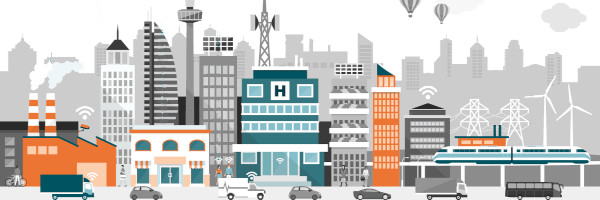Infrastructure
| Introduction | ||||||
|---|---|---|---|---|---|---|

| ||||||
| Sectors | Introduction | |||||
| Contact | Wilfred Pinfold | |||||
| Topics | ||||||
Press
| ||||||
- Authors
The infrastructure of a city refers to the underlying physical systems and facilities that are necessary for the functioning of the city and the well-being of its residents. A typical city's infrastructure may include:
The infrastructure of a city refers to the underlying physical systems and facilities that are necessary for the functioning of the city and the well-being of its residents. A typical city's infrastructure may include:
- Transportation systems: This includes roads, highways, bridges, public transit systems, airports, and other facilities that allow people and goods to move within and through the city.
- Utilities: This includes systems for providing water, electricity, gas, and other essential services to the city's residents and businesses.
- Telecommunications: This includes systems for providing telephone, internet, and other forms of communication to the city.
- Emergency services: This includes facilities such as police and fire stations, hospitals, and emergency shelters, which are necessary for the safety and security of the city's residents.
- Public facilities: This includes schools, libraries, parks, and other facilities that serve the needs of the city's residents.
- Commercial and industrial facilities: This includes buildings and other structures that are used for retail, office, and industrial purposes.
A city's infrastructure is often a key factor in its economic development and quality of life, and it is typically the responsibility of government agencies to plan, fund, and maintain these systems and facilities.

